Big Bag Pris: Detailed and Professional Production Process
The Big Bag Pris production process requires precision and strict quality control, from raw material selection, yarn weaving, bag shaping to product processing and finishing. Manufacturers always ensure that each bag meets standards for durability, load-bearing capacity and user safety. Big Bag Pris not only brings high economic efficiency but also contributes to environmental protection thanks to the ability to reuse and recycle.
Big Bag Pris, also known as big bag or container bag, is a bag specially designed to store and transport bulk materials such as agricultural products, construction materials, chemicals and many other products. other products. These bags are made from durable woven fibers, capable of bearing loads from several hundred kilograms to several tons, and are often used in industries that require durability and safety in transporting goods.

The Big Bag Pris production process requires precision and strict quality control, from raw material selection, yarn weaving, bag shaping to product processing and finishing. Manufacturers always ensure that each bag meets standards for durability, load-bearing capacity and user safety. Big Bag Pris not only brings high economic efficiency but also contributes to environmental protection thanks to the ability to reuse and recycle.
Ingredients for producing Big Bag Pris
Big Bag Pris raw materials play an important role in ensuring product durability and performance. Below are the main materials used in the production process:
Polypropylene (PP)
- Properties and characteristics: Polypropylene is a flexible plastic with high mechanical strength, abrasion resistance and high temperature resistance. This is the main material used in the production of Big Bag Pris thanks to its large load-bearing capacity and long-term durability. PP is lightweight, waterproof, and resistant to a wide range of chemicals, making it an ideal choice for industrial applications.
- Application: Using PP helps large bags to withstand heavy weight without being torn or damaged during use. PP fibers woven into fabric create a sturdy structure for the bags, helping them withstand harsh conditions during transportation and storage.
Polyethylene (PE)
- Properties and characteristics: Polyethylene is another flexible plastic with good water resistance and chemical resistance. PE is flexible, not easily broken and has good protection against environmental impacts such as moisture and sunlight. This makes PE an important additional material in the production of Big Bag Pris.
- Application: PE is often used as the inner lining of bags to enhance product protection from moisture and other harmful agents. PE lining helps prevent the penetration of water and chemicals, ensuring the goods inside are always protected and safe.
Additives
- UV protection agent: UV rays from sunlight can damage plastic fibers, reducing the durability of the bag. UV protection is added to the material to protect the bag from the effects of sunlight, helping to prolong the life of the product.
- Softeners: Softeners are added to increase the toughness and flexibility of the plastic fibers. This makes the bag easy to use, fold and transport without becoming brittle or broken.
- Flame retardants: To ensure safety during use, flame retardants are added to reduce the risk of fire and explosion. This is especially important when bags are used to contain flammable materials or are stored in environments with a high risk of explosion.
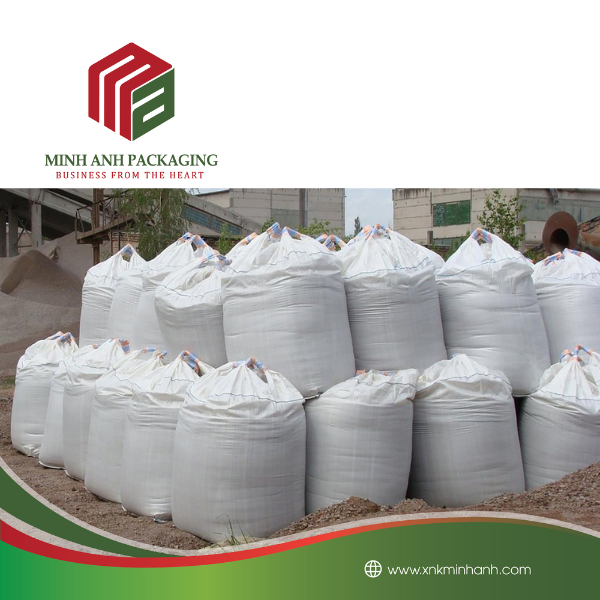
Big Bag Pris production process
The Big Bag Pris production process includes many stages, from preparing raw materials, weaving yarn, shaping bags to processing and finishing the product. Each step requires precision and strict quality control to ensure the quality of the final product. Below are the detailed steps in the Big Bag Pris production process:
1. Raw material preparation stage:
- Material selection: The main materials are polypropylene (PP) and polyethylene (PE) selected based on standards of durability, load-bearing capacity and chemical resistance. These plastic beads must be of high quality, free of impurities to ensure the quality of plastic fibers.
- Melting process: PP and PE plastic pellets are loaded into the melting machine, where they are heated to high temperatures to melt into liquid form. This process requires precise temperature and pressure control to produce good quality filaments.
2. Bag weaving and shaping process:
- Weaving: Liquid plastic fibers are fed into the spinning machine to form thin plastic fibers, which are then cooled and rolled. These plastic fibers continue to be woven into large fabric sheets using specialized weaving machines. The weaving process requires precision to ensure the fibers are woven evenly and firmly.
- Cutting and sewing bags: After weaving, the fabric panels will be cut and sewn together to form a large bag shape. This process includes sewing seams, creating handles and other details. Industrial sewing machines are used to ensure the joints are strong and tear-free.
3. Product processing and finishing process:
- Detailed processing: After shaping, the bag will be processed with additional details such as handles, exhaust valves, and inner linings if necessary. These details help enhance usability and protect the goods inside the bag. The handle is made firmly to ensure the bag can withstand heavy loads without breaking or tearing.
- Quality check: Each finished bag will be strictly quality checked. Test criteria include load-carrying capacity, joint strength, and chemical resistance. Bags that do not meet standards will be discarded or repaired.
4. Packaging and shipping:
- Packaging: After quality checking, Big Bag Pris bags will be folded and carefully packaged. The packaging process ensures the bag is well protected during transportation to customers.
- Shipping: Packed bags are shipped to warehouses or directly to customers. The transportation process is also controlled to ensure the bag is not damaged.
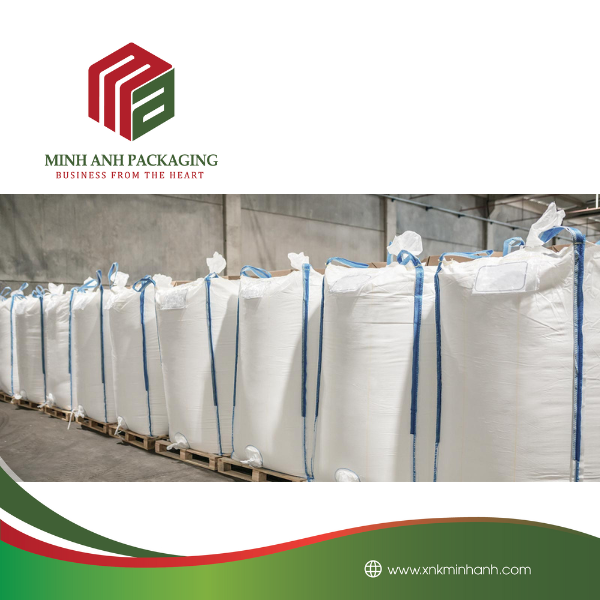
Advantages of Big Bag Pris
Big Bag Pris brings many outstanding advantages in storing and transporting goods. The main advantages include:
High durability and large load capacity
- Durable material: Big Bag Pris is made from high-quality polypropylene (PP) and polyethylene (PE) textile fibers.
- Load capacity: Big Bag Pris’s load capacity can be up to several tons, suitable for transporting and storing heavy materials such as agricultural products, chemicals and construction materials.
Safety and environmental protection
- Environmentally friendly: Big Bag Pris is made from materials that can be recycled and reused many times.
- Reduce waste: Reusing Big Bag Pris helps reduce the amount of plastic waste, contributing to environmental protection.
- Flame retardant and anti-UV additives: These additives make the bag safer when used in harsh conditions.
Convenient and easy to use
- Convenient design: Big Bag Pris is easily stacked and stored when not in use.
- Easy to transport: Bags can be transported by many different means.
- Handles and release valve: Sturdy handle and release valve make loading and unloading goods quick and convenient.
Good protection of goods
- PE lining: Inner PE lining protects goods from moisture and sunlight.
- Chemical resistance: Good chemical resistance ensures that goods are always protected and safe during transportation and storage.
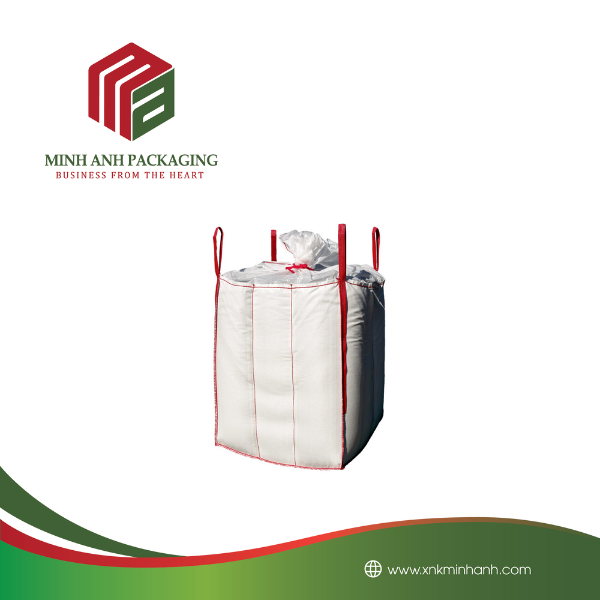
Hãy là người đầu tiên nhận xét “Big Bag Pris: Detailed and Professional Production Process” Hủy
Sản phẩm tương tự
Tin Tức Bao Bì
Tin Tức Bao Bì
Tin Tức Bao Bì
Food Cling Film: Outstanding Advantages in Food Preservation
Tin Tức Bao Bì
Tin Tức Bao Bì

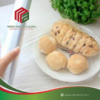
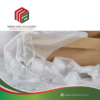












Đánh giá
Chưa có đánh giá nào.